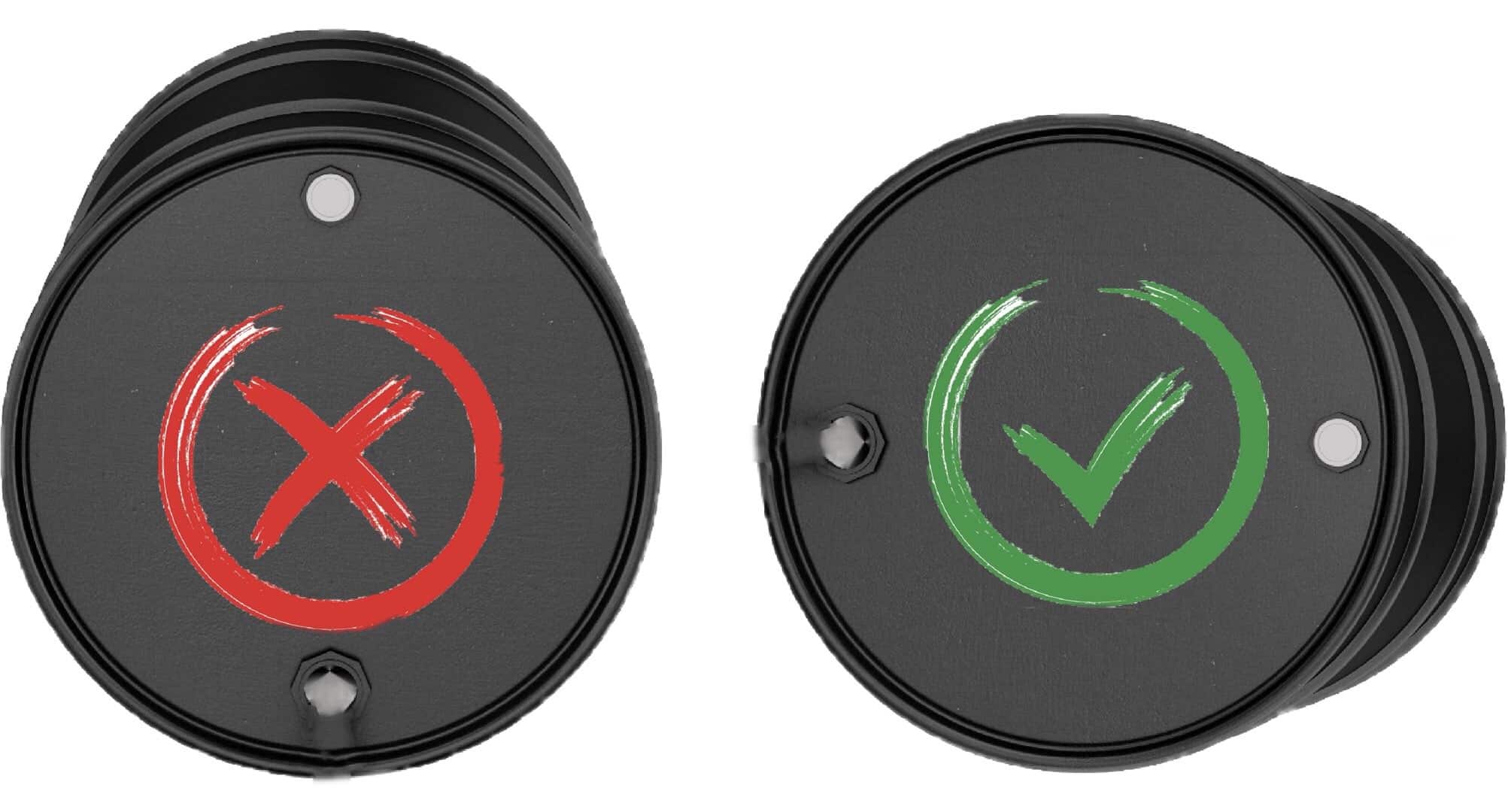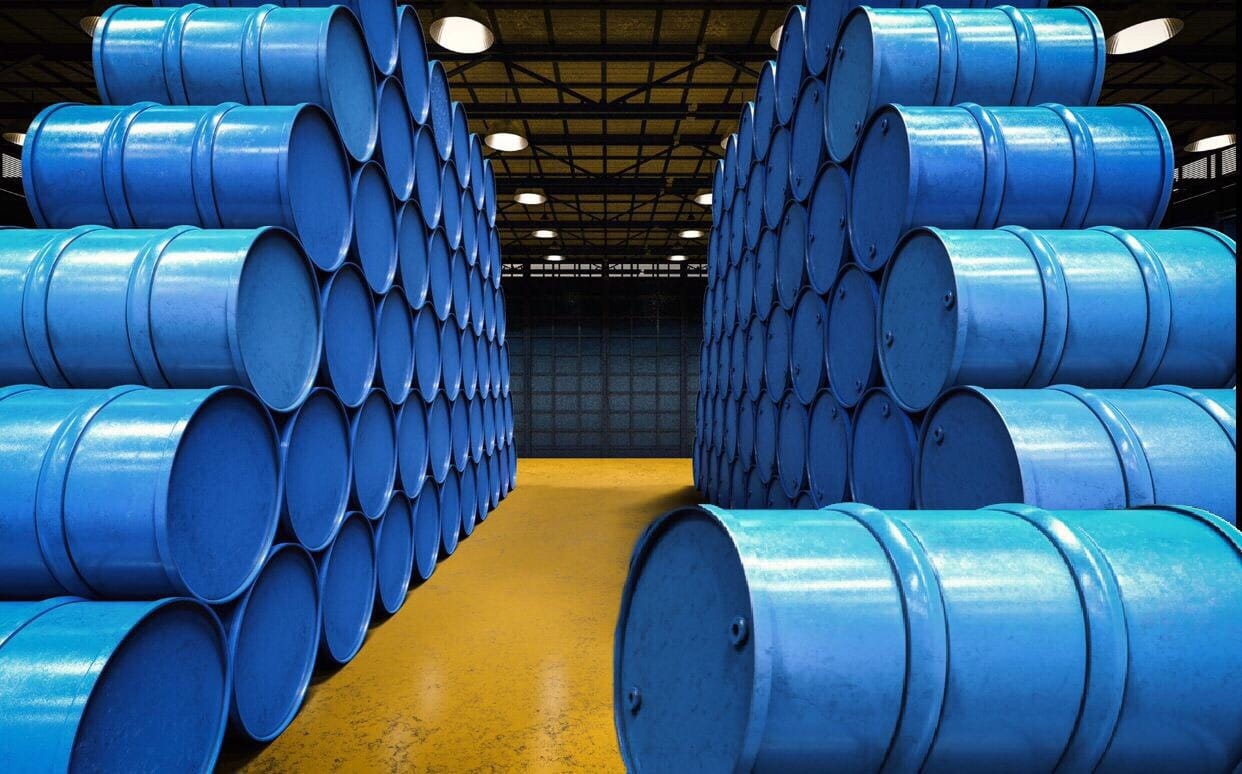Water In Oil – the problem
Water is a very poor lubricant and the fact it does not mix easily with oil means it causes double the problem by removing the stuff that is. The density of water means it will drop to the bottom of bearings or loaded surfaces, the exact place the best Lubrication is needed. Water with air also promotes corrosion (rust) within the system. In addition, high temperatures environments and high loading water will boil off at the mating surfaces, leading to a temporary loss of all lubrication and replacement with a gas. As the water boils, the impact of these explosions causes pinhole corrosion. Water has the additional property of damaging the oil additives designed to protect the machinery; the chemistry term for the process being hydrolysis. Water also has the ability to wash out the additives due to the additive solubilities in water, leaving insufficient remaining additives to protect the machinery. Hence measuring antiwear additives in your lubricating oil is a crucial part of the analysis. Finally, water contamination in hydraulic systems or in brake fluids can boil under these conditions to cause loss of power because unlike liquids water in its vapour is compressible. This can cause uncontrolled hydraulic movement or brakes failure.
Testing for water contamination starts at the point of taking the oil sample. If there is visible water present in the sample, evident by a cloudy or milky appearance or if it has settled to the bottom of the sample bottle, then there is a strong chance of water will show in the lab report. However not all water is free of emulsifiable and water does dissolve in low concentrations in the oil too. Hence it’s important to monitor both free and dissolved water in the oil.

Water In Oil – Preventing it from occuring.
Prevention of water ingress, as with all lubricant contamination, is usually better than removal.
If the system is free breathing, consider using a desiccant breather to remove water vapour (wet air) before it enters the lube system. Regular inspections for discolouration of the dessicant should be added to your maintenance procedures to identify problems before it is noticeable in the oil.
Further field inspections include looking for any visible fumes or vapours from the machinery. These can be distinguished from other gases and smoke by the fact they condense if they come into contact with a cold metal surface such as a mirror. These fumes could potentially indicate the system has water ingress, which should be confirmed by submitting an oil sample.
If the main tank has a drain or purge tap then it is advised to regularly drain small volumes of oil from the system until it runs clear to remove any sludge, sediment and water that has collected at the bottom of the tank. You may wish to take samples if this material as a bottom tank sample for condition monitoring or for further investigation of potential problems. When inspecting the top tank hatch of a system that normally runs hot, and shows signs of water droplets or rust on the top surface, then this suggests water is boiling off from the system and condensing on the cold tank top surface, eventually dripping down into the system again. This can also be seen when looking at filler caps on smaller systems.
When inspecting sight glasses any increase in volume may be linked to water ingress if there has been no recent topups. If there has been a top-up it can take a while for all the oil clinging to tank surfaces to eventually drain down and be measured, so the top-up can be from a day or two ago depending on the system size.
If the system is using a synthetic polyglycol (PAG) oil, then these products have a natural affinity for water and able to absorb water vapour from the air; such fluids are termed hygroscopic in chemist lingo. Consequently, it is important to never half fill an oil sample bottle to send to the lab, but fill to within 10 millimetres of the top. Large air volumes above hygroscopic fluids may give a high erroneous water result. However, while water contamination remains undesirable and difficult to remove, polyglycol products can cope with water much better than their mineral oil counterparts.
When examining cellulose based oil filters, a wavy appearance suggests water contamination; in which case it is advised to consult the filter supplier for additional actions how to remove the water.
If filling from IBCs, be mindful to drain off any sediment and water from the bottom before drawing from this container and follow the same procedures as above to reduce the likelihood of water ingress. If using barrels, then always store barrels on their side and under a shelter; this keeps an oil surface next to the bung, reducing the likelihood of air circulation and water ingress through natural breathing of the barrels. Keep the two bung holes as in contact with the oil as possible as below.


Wherever possible, attempt to get equipment up to full operating temperatures as often as possible to help drive off any water. This is a particularly true for large, slow or medium speed marine engines running at low loads, but with cooling systems designed to cope with the engine running at high load. Such systems at low speed and load tend to over-cool the engine liners and never truly get hot enough to prevent water condensing . This means water vapour from the combustion processes, condense on the cylinder walls rather than being expelled together with the combustion gases – leading to corrosion of the system (termed cold corrosion in marine lube analysis terminology).
When submitting samples from systems with additional cooling fluids, such as cooling waters or anti-freeze engine coolants, it is advised to submit a sample of these fluids for analysis. This practice is also useful to (1) rule these out as the source of any contamination and (2) confirm they are in good condition to effectively cool and prevent corrosion in the system
Water In Oil – Removal
So prevention has failed or was never really addressed in the first place and now you have a problem on your hands? The first point to establish when water has been found in the oil – is the ability of the oil to separate from the water. If the oil shows poor water shedding ability then it is unlikely to be easily removed.
Similar to actions to remove dirt ingress the options are to:
a) Change the oil,
b) Filter the oil or
c) Leave the oil.
Changing the lubricant contaminated with water is recommended for small systems, especially if grossly contaminated with water, even if the water easily separates from the oil. This is because the water may have damaged the oil additives. In engines filtration is usually too difficult and expensive compared to an oil change as most engine formulations emulsify the water, making filtration a difficult and costly process. .
The table below shows the different types of water contamination and their prevention/removal:
| Water Contamination Management strategy | ||||||||
| Gravity & Drain | Coalescing | Centrifuge | Absorbent | Vacuum | Dry Breather | Active Venting | Hot oil filtration / hot oil purifier | |
| Use / Application | Remove | Removal | Removal | Removal | Removal | Prevention | Prevent & Remove | Remove |
| Water Type | ||||||||
| Gross Free (visible) | Yes | Yes | Yes | Yes | Yes | Yes | Yes | Yes |
| Moderate Free (visible) | Yes | Yes | Yes | Yes | Yes | Yes | Yes | Yes |
| Emulsion | Some | Some | Some | Yes | Yes | Yes | Yes | Yes |
| Dissolved | No | No | No | No | Yes | Yes | Yes | Yes |
Simple methods to remove water such as the “gravity and drain off” system, which equates to regularly allowing the oil to stand for a period, then simply draining off the water – come under prevention. It catches the problem early and prevents subsequent wear.
Systems using hot oil filtration or oil purifiers, a solution may be increasing the temperature of the purifier to ~95OC (or maximum your manufacture of the filter and equipment recommends if 95 is too high) to remove the water. Active venting has been classed as both prevention and a removal method as it is used as a removal method to remove water, but once fitted it then turns to a preventative solution for keeping water content low and manageable.